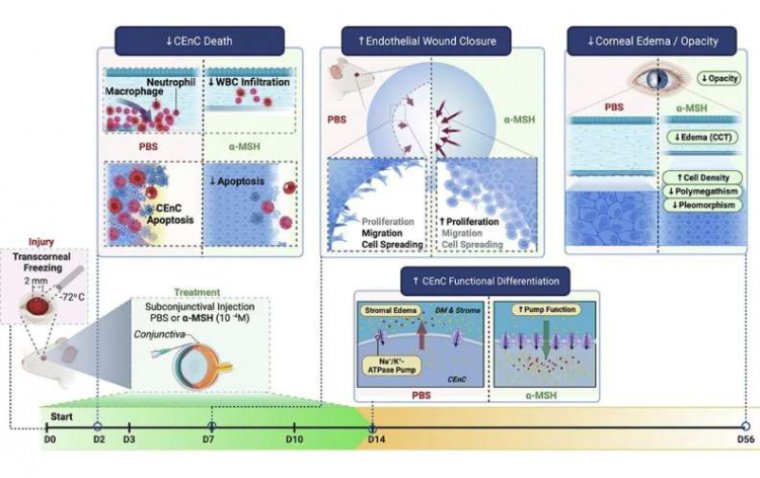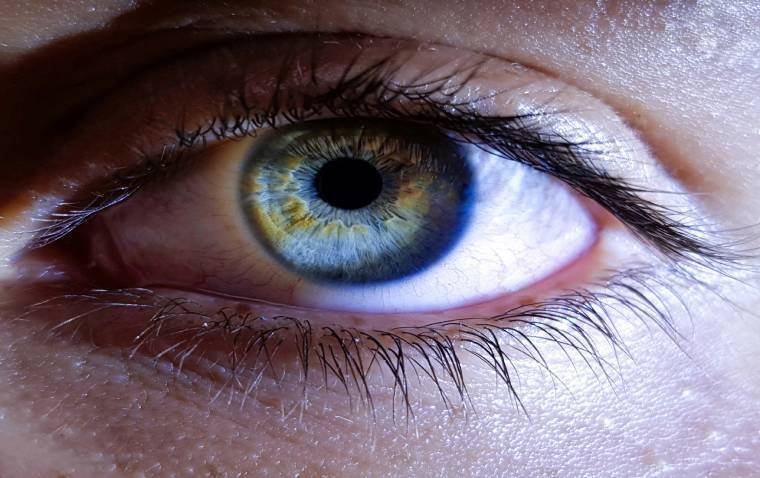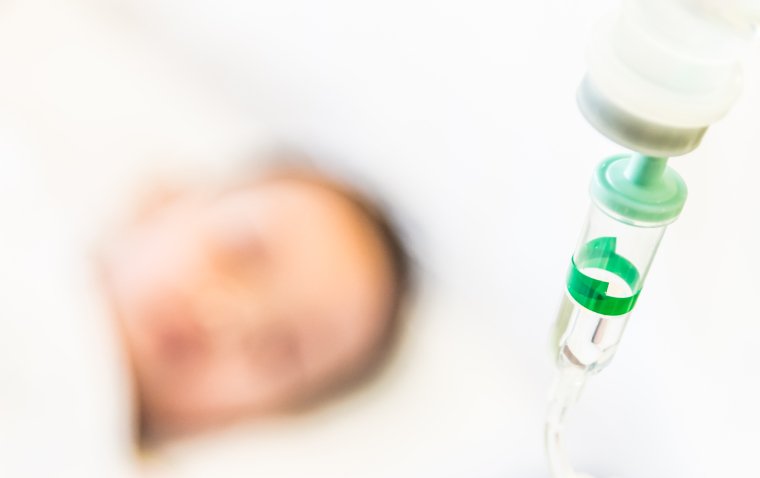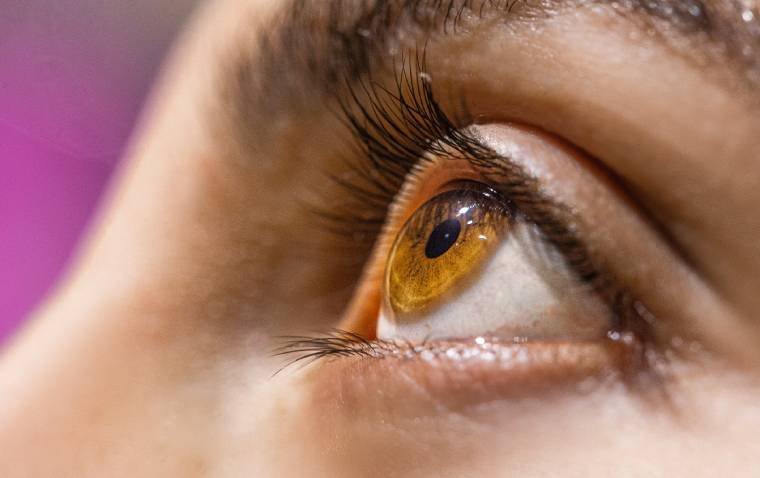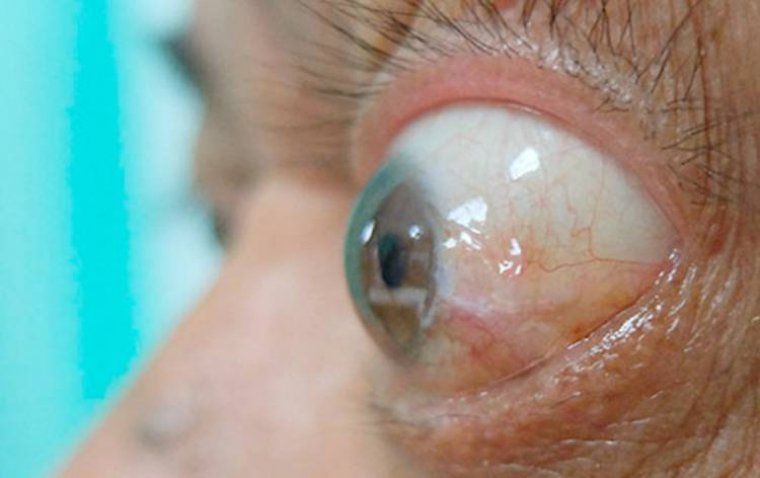
Teprotumumab Shows Long-Lasting Benefits for Thyroid Eye Disease Patients
Research presented at ENDO 2024, the Endocrine Society's annual meeting in Boston, Massachusetts, and published in the journal Thyroid, indicates that most patients with thyroid eye disease (TED) treated with teprotumumab did not require additional treatments nearly two years later.
Understanding the Enduring Nature of Thyroid Eye Disease
"Thyroid eye disease is a lifelong autoimmune disease that can worsen or flare, regardless of how it has been treated. Given the enduring nature of thyroid eye disease, it is important to understand whether patients who are treated with a full course of teprotumumab (eight infusions) can expect to experience lasting improvements in signs and symptoms, like eye bulging and double vision," explained George Kahaly, M.D., Ph.D., professor of medicine and endocrinology at Johannes Gutenberg University Medical Center in Mainz, Germany.
Examining Long-Term Results with Teprotumumab
Due to the longevity of thyroid eye disease, Kahaly emphasized the importance of examining longer-term results after treating patients with teprotumumab. The study, sponsored by Amgen, the manufacturer of teprotumumab, aimed to determine whether patients with thyroid eye disease would experience sustained improvements in eye bulging (proptosis) and double vision (diplopia).
Analyzing Clinical Trial Data
The researchers analyzed pooled clinical trial data beyond the 24-week treatment period for patients in phase 2, OPTIC, and OPTIC-X studies who received a full course of teprotumumab, up to week 72 (51 weeks post-final teprotumumab infusion). They also investigated whether patients received additional therapy from week 24 through week 120 (99 weeks post-therapy) as a measure of persistent benefit.
Long-Term Efficacy of Teprotumumab
The data revealed that patients who received teprotumumab mostly maintained efficacy 51 weeks after the final infusion at week 72. Nearly two years after the treatment period was complete, 82% of patients did not need further treatment for thyroid eye disease. Among the 106 reporting patients, 18% (19/106) received additional medication, either systemic steroids or teprotumumab, and/or remedial periocular surgery as of 99 weeks post-therapy.
"As physicians consider treatment approaches for their thyroid eye disease patients, they now have longer-term data to support the use of teprotumumab in appropriate patients," Kahaly concluded.
About Thyroid Eye Disease
Thyroid eye disease (TED), also known as Graves' orbitopathy or thyroid-associated ophthalmopathy, is an autoimmune condition characterized by inflammation and swelling of the tissues around the eyes. It commonly occurs in individuals with Graves' disease, an autoimmune disorder that affects the thyroid gland. TED can lead to a range of symptoms, including eye bulging (proptosis), double vision (diplopia), eye pain, redness, and in severe cases, vision loss. The condition's progression varies among individuals, with some experiencing mild symptoms while others may develop more severe complications.
Reference
Kahaly, G. J., et al. (2024). Long-Term Efficacy of Teprotumumab in Thyroid Eye Disease: Follow-Up Outcomes in Three Clinical Trials. Thyroid. doi.org/10.1089/thy.2023.0656.
(1).jpg)


